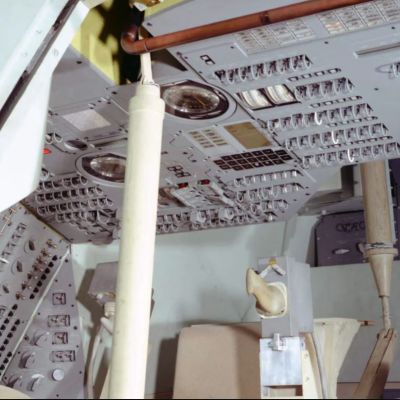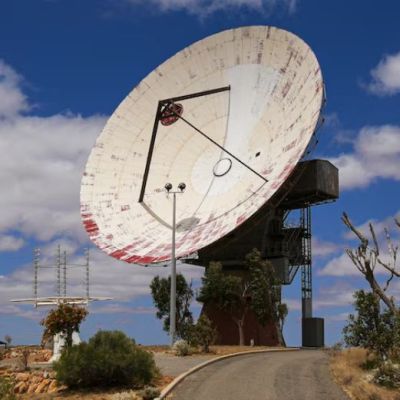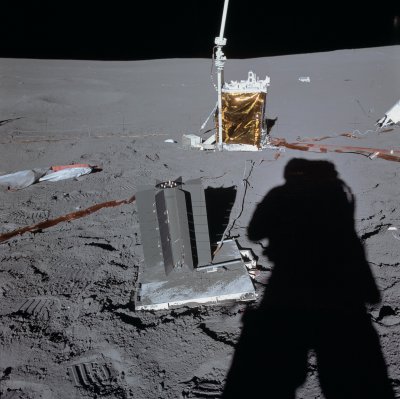On February 13th of 2023, ARCA of the kilometre cubic neutrino telescope (KM3NeT) detected a neutrino with an estimated energy of about 220 PeV. This event, called KM3-230213A, is the most energetic neutrino ever observed. Although extremely abundant in the universe, neutrinos only weakly interact with matter and thus capturing such an event requires very large detectors. Details on this event were published in Nature.
Much like other types of telescopes, KM3NeT uses neutrinos to infer information about remote objects and events in the Universe, ranging from our Sun to other solar systems and galaxies. Due to the weak interaction of neutrinos they cannot be observed like photons, but only indirectly via e.g. photomultipliers that detect the blue-ish light of Cherenkov radiation when the neutrino interacts with a dense medium, such as the deep sea water in the case of ARCA (Astroparticle Research with Cosmics in the Abyss). This particular detector is located at a depth of 3,450 meters off the coast of Sicily with 700 meter tall detection units (DUs) placed 100 meters apart which consist out of many individual spheres filled with detectors and supporting equipment.
With just one of these high-power neutrinos detected it’s hard to say exactly where or what it originated from, but with each additional capture we’ll get a clearer picture. For a fairly new neutrino telescope project it’s also a promising start especially since the project as a whole is still under construction, with additional detectors being installed off the coasts of France and Greece.




















